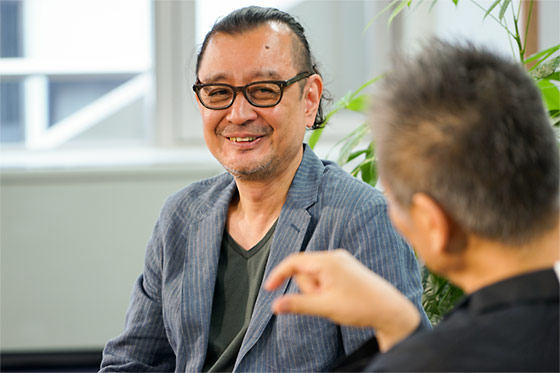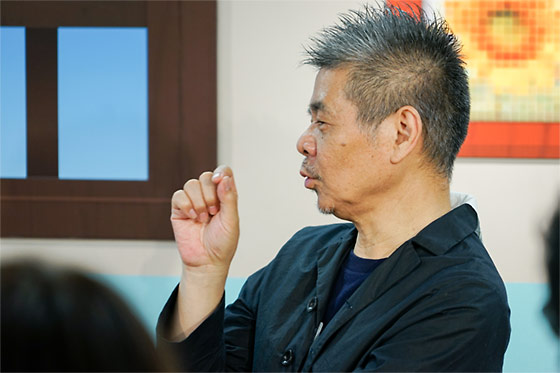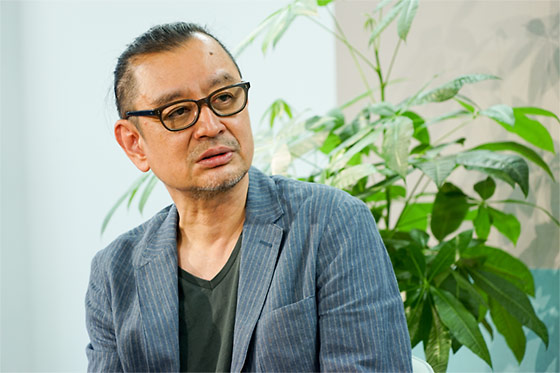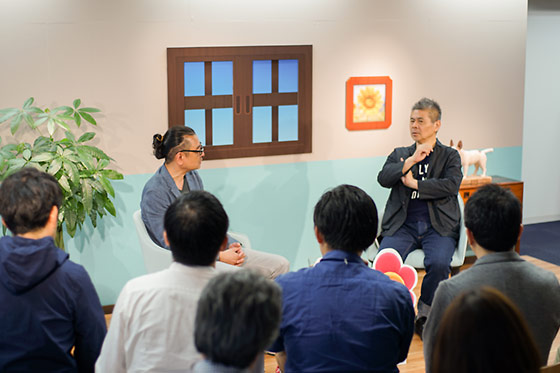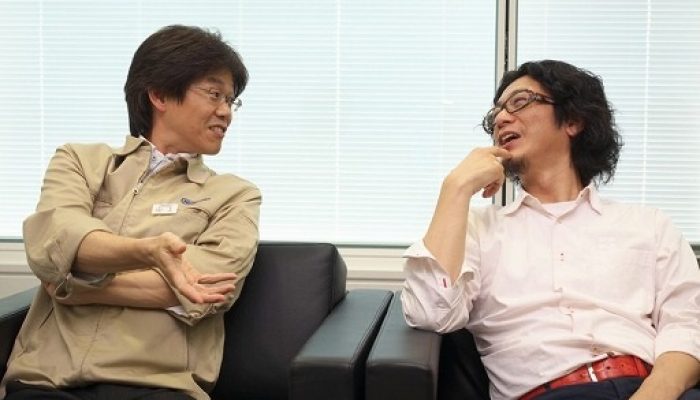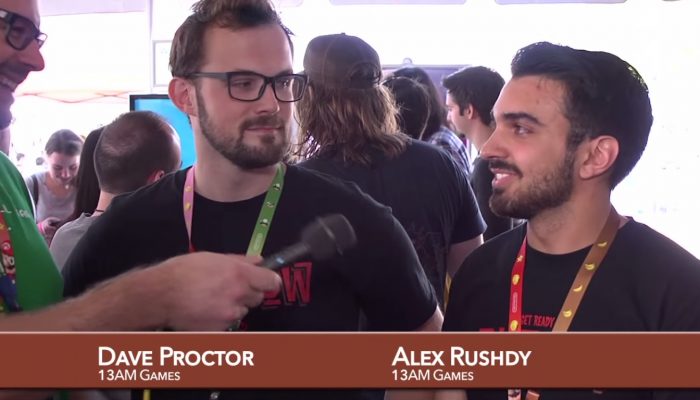 Yoshio Sakamoto: “I have never worked with Mr. Miyamoto.”
Yoshio Sakamoto: “I have never worked with Mr. Miyamoto.”
☆ NintendObs Weekly – Monday, June 27, 2016 – Sunday, July 3, 2016.
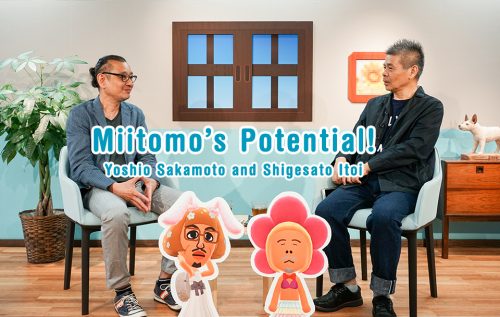
Part 2: Feeling Happiness and Joy Just from Watching
Itoi:
So Mii came about because the development was stuck. Those kind of stories come up a lot when you talk to people at Nintendo. Like “when we tried creating this thing for a little bit we ended up with this strange thing…” When do you usually do this sort of thing?
Sakamoto:
What time, you ask…
Itoi:
During the daytime?
Sakamoto:
During the daytime. (laughs) Usually during working hours.
Itoi:
You are doing it because you love it. And then, before you know it, you’ve got a prototype.
Sakamoto:
Yes, that’s right.
Itoi:
That feeling that people are going around and quickly making these things, and they’re not actually hiding them, but there is a feeling of “no one knows what that person is up to,” I think that is an interesting point that is unique to Nintendo.
Sakamoto:
Ah, yes, that may be the case. You could say it’s the culture.
Itoi:
I think that culture was exhibited really well in games like “Brain Age” and “Jam with the Band” for the DS when it was out. These, games, and this might not be the best way to put it, but all these things that these various people were making really came together.
Sakamoto:
Yes, yes.
Itoi:
That’s interesting as a unique point of the company. Shigeru Miyamoto is like a super man when it comes to making games. So, I think that common industry wisdom would have it that all of the development departments would show every little thing to Mr. Miyamoto. But if that was the case then gradually all of Mr. Miyamoto’s time would be taken up. Also, maybe all of the games would end up being serious, full-length games. So maybe that is why Mr. Iwata made this team that was making stuff without Mr. Miyamoto’s knowledge.
Sakamoto:
Yes, that’s right.
Itoi:
So, the result was that two centers of thought developed at Nintendo.
The one under Mr. Miyamoto, and one outside of Mr. Miyamoto’s circle. Mr. Iwata liked Mr. Miyamoto more than anyone and deeply respected him, but he thought that if everything was left to Mr. Miyamoto then Nintendo would go down only one path, so he ventured to make a team that was not under the supervision of Mr. Miyamoto. And Mr. Iwata managed the team himself, and he had us make games that could be developed in half a year. And that had a direct impact on Nintendo’s ability to regularly release games.
Sakamoto:
Yes.
Itoi:
So the thought to hide things from Mr. Miyamoto was Mr. Iwata’s idea.
Sakamoto:
Yes.
Those two different development departments were actually on different floors, and I think that the cultures were different.
Itoi:
That is not to say that you were in conflict with each other. Mr. Miyamoto himself had talked about it being better to have smaller games, not just Zelda and Mario.
Sakamoto:
Yes.
Itoi:
Mr. Sakamoto, would you say that you were in a different department from Mr. Miyamoto?
Sakamoto:
I have never worked with Mr. Miyamoto.
Itoi:
You haven’t? Not once?
Sakamoto:
Yes, from the time Gunpei Yokoi was here, I have been in a different development group from Mr. Miyamoto.
Itoi:
So, you took a different path from the one with Mario and Zelda.
Sakamoto:
Yes. Yes, so all this time I was left to grow free-range.
Itoi:
Ahh, free-range. (laughs) What about the Animal Crossing team?
Sakamoto:
Animal Crossing is one of the development projects that Mr. Miyamoto does oversee.
Itoi:
Are Animal Crossing and Tomodachi Collection completely different things?
Sakamoto:
They are completely different.
Itoi:
Oh, really? Well, now that you say that, I feel that the image that each game arrived at was different. But there are points that are similar, like the fact that they are games that don’t involve winning or losing, and that there aren’t any points to gain nor levels to clear.
Sakamoto:
There are some points that they share in common. Rather than playing a game, it’s more like keeping a pet, like a goldfish. It’s kind of like playing house.
Itoi:
There are elements of playing house. In both Tomodachi Collection and Animal Crossing. There aren’t a lot of games like them.
Sakamoto:
No, I don’t think there are. So I was very nervous when Tomodachi Collection was released. We thought it was interesting, but we didn’t know if the users who bought it would think it was really interesting.
Itoi:
Everyone back then thought that games had to have a competitive aspect to them. But at some point, a lot of games came out that challenged that supposition. And Animal Crossing and Tomodachi Collection are representatives of those types of games.
Sakamoto:
Yes.
It’s a type of play that does not get users motivated by using game-like elements like scores and winning and losing. Rather, it’s a type of play that goes in the direction of having something that you start up every day and have fun and enjoy just by watching it.
Itoi:
Yes.
And that is what really leads into Miitomo.
Source: Miitomo.
At NintendObserver, the comments are on Discord.
Click on Community to learn more. 🙂
…
…Wanna play? Buy a 3DS.
That being said, click on Miitomo for everything you need to know about the game. 😀

